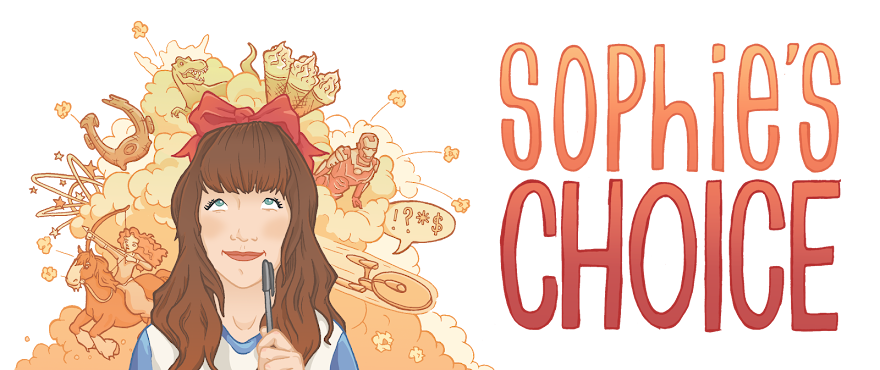Well, quarantine has hit and we're all looking for silver-linings – mine is the arrival of Disney+ in the UK, and the likely possibility of consuming many more magical movies in the coming weeks. We're already starting to go a little stir-crazy around the world, so what better film to fall down the Disney rabbit hole with than...
Alice in Wonderland (1951)
 |
| Bye bye sanity |
For some reason which I'll never quite grasp, this was one of my all-time favorites as a child. As in, I was 'wear-out-theVHS-with-multiple-viewings' obsessed. I suppose the bright colours and meandering plot work together to entertain a five-year-old who doesn't quite understand the frightening existential questions Lewis Carroll's disturbing tale provokes.
Disney's spin on Carroll's classic is surprisingly weird through today's lens – but I suppose when we compare it to previous flicks like Fun and Fancy Free (ft. those ventriloquist dummies) and the abstract sequences in Fantasia, Alice's adventures are just as sane as can be expected in the 1950s.
 |
| 'Umm, ya boring.' |
I won't delve into plot details as we're all familiar with the basics, but I will say one thing – Disney leaves no stone(r) unturned. In fact, the film feels so full of Carrollian content (it's a word now) that it barely holds itself together. The 75 minute runtime is broken up into at least 13 topsy turvy parts, full of riddles, songs, fantastical creatures, and general anxiety-inducing action.
Curioser still, there is not one likeable character in the film. Alice herself, while the victim for the most part, is a self-proclaimed brat, doling out pompous advice that she seldom takes (she even sings a whole self-pitying song about that). The white rabbit is infuriatingly skittish, the Mad Hatter and March Hare are downright rude, the Cheshire Cat just loves the drama, the Caterpillar has not got time for anyone – and let's not even delve into what the walrus did to those poor oysters.
 |
| When someone tries to drag me up to the dance floor for 'Cotton Eyed Joe.' |
However, the constant twists and turns, double-crossings, and the sinister atmosphere is a large part of how Alice in Wonderland keeps timeless appeal. Watching this for the first time as an adult, I found that I had a morbid fascination with what terrible thing might happen next, right down to the Queen of Hearts threatening to chop off our protagonist's head.
Amid frustration at the illogical, nonsense narrative, we also have time to admire the stunning modernist art style that makes Disney's Wonderland so magnetic. Mary Blair's designs and direction lean into the psychedelic appeal of Lewis Carroll's novel, and the sense of scale is conveyed flawlessly to envelop us in this over-exposed and confusing world. Unlike Tim Burton's later version which leans too heavily on complicated CGI to distract from the story, this earlier, stylised approach is the perfect fit. It's both unmistakably Disney, and unquestionably Alice.
 |
| Trolololol |
I don't know if I'll watch Alice in Wonderland again in a hurry but can say that I admire the boldness of this adaptation – and it will haunt my dreams for a while.
Villain rating(s): Basically every character is a villain in this movie, but let's do this by the book and call on the Queen of Hearts, who's a solid 8/10. Yes, she's pretty two dimensional, but her hobbies of animal abuse and chopping heads are pretty intense.
 |
| When I spot someone hoarding toilet roll |
Best Song: 'All in the Golden Afternoon,' sung by the snooty flowers, for being a rare peaceful moment in an otherwise tumultuous adventure
Disney Detail: Mary Blair's iconic designs and art direction for the film has served as a clear inspiration for the Disney parks, especially Disneyland Paris, where the bold, colourful props are perfect for creating a fantasy world.
Why it's a Classic: Already based on a classic novel, this adaptation manages to feel intrinsically 'Disney,' whilst leaning into Lewis Carrolls' strange, uncomfortable fever-dream of a story.





